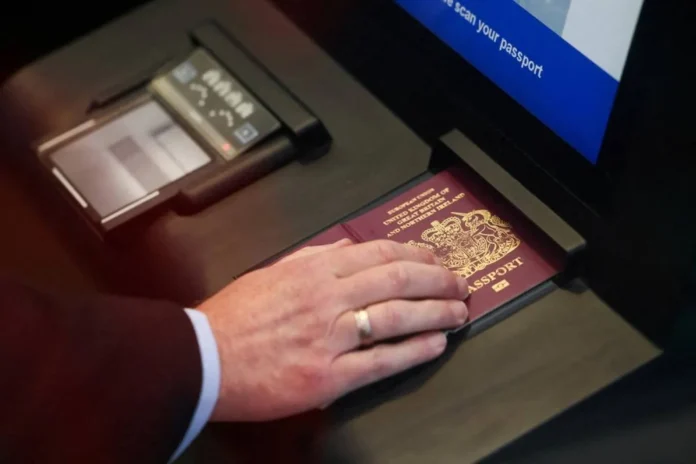Europe has officially introduced its new digital border system, transforming how travellers from Oman and other non-European countries enter the continent. The Entry/Exit System (EES), which began on October 12, replaces traditional passport stamps with automated biometric checks at all major entry points across 29 European nations.
The digital border system marks a major shift in Europe’s travel procedures. It records each visitor’s facial image, fingerprints, and passport details digitally upon arrival and departure. This modern system applies across the Schengen Area, which includes most EU states and countries such as Switzerland, Norway, Iceland, and Liechtenstein. Children under 12 will only provide a photograph instead of fingerprints.
Officials say the change aims to simplify border checks and strengthen security. According to EU authorities, the digital border system will reduce manual stamping, improve processing times, and prevent overstays. It will also help detect identity fraud and irregular migration more effectively.
All non-EU nationals visiting for short stays of up to 90 days within a 180-day period must now register automatically through the system. However, EU citizens, residents, and holders of long-term visas or residence permits are exempt.
The rollout phase will last six months, with full implementation expected by April 2026. During this transition period, travellers may still see manual passport stamps, and longer waiting times are expected as staff adjust to new procedures.
Travel experts urge passengers to allow extra time for border control, especially at busy airports. Travellers with biometric passports will benefit from faster processing, while those with non-biometric passports may experience longer checks.
Authorities confirm that no advance registration is required. Data collection occurs automatically at the first point of entry, creating a secure digital record for each traveller. Officials caution that overstaying the 90-day limit could now trigger automatic alerts and lead to future travel restrictions.
European governments and airlines plan to launch public awareness campaigns at airports, embassies, and travel agencies. By late 2026, the European Travel Information and Authorisation System (ETIAS) will also take effect, requiring visa-free travellers to obtain online pre-travel authorization before departure.
Together, EES and ETIAS form a cornerstone of Europe’s border modernization initiative. Analysts say these measures will enhance efficiency and transparency while improving migration management. However, they also expect temporary disruptions as border systems and personnel adapt to the new technology.
For millions of international visitors, this development signals the end of traditional passport stamping. The shift toward digital verification reflects Europe’s commitment to modern, secure, and efficient travel management.


